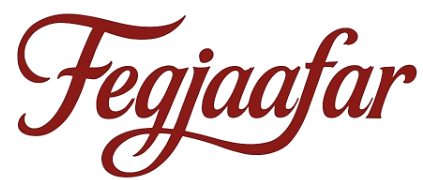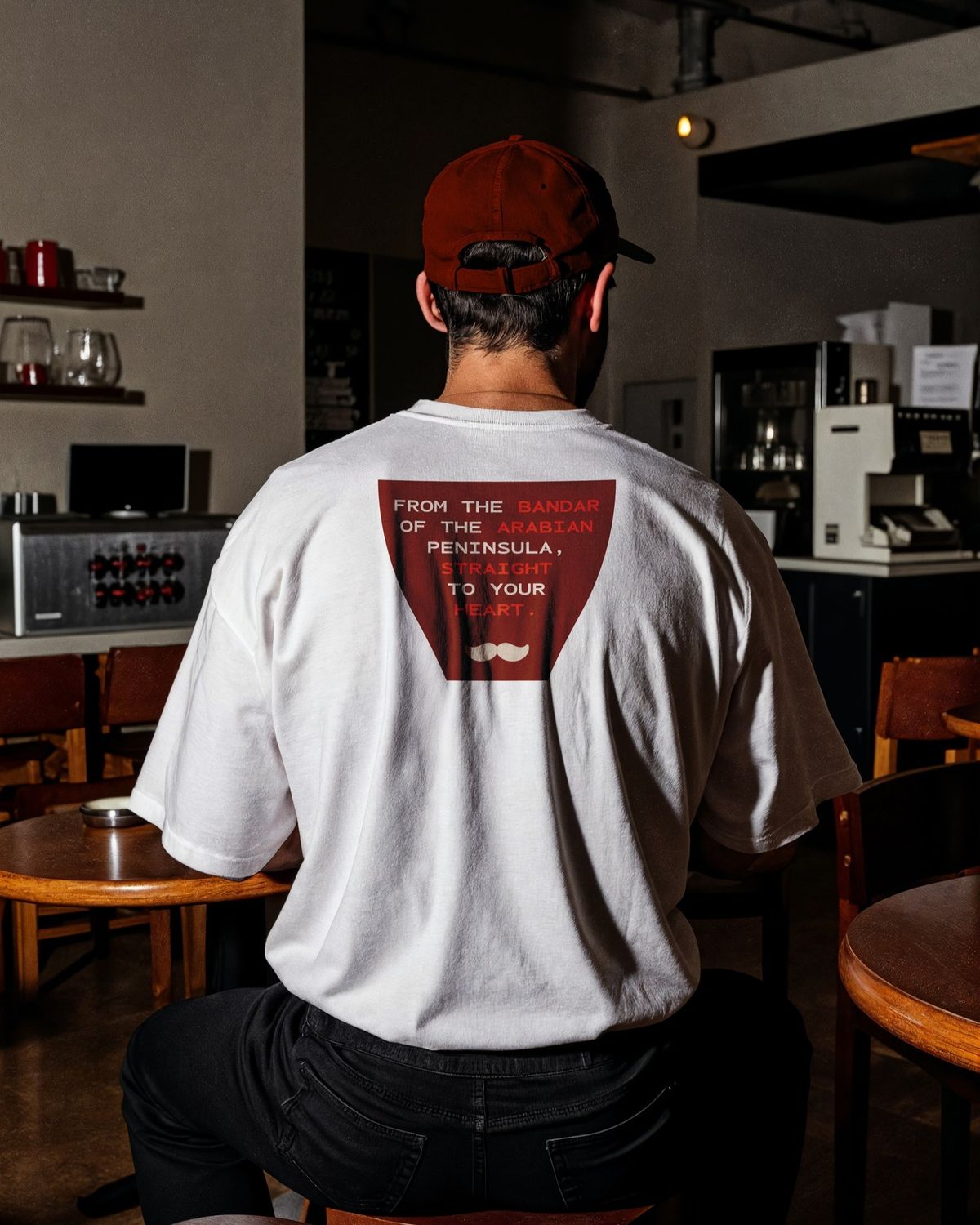Introduction — When Design Meets Movement
Modern fashion has entered a new era — one that balances fluidity with structure, emotion with geometry, and motion with meaning. The clothes we wear today are more than garments; they are architectural compositions built for the rhythm of real life.
This is the philosophy of flow and form — the harmony between how fashion moves and how it holds shape. Designers are no longer confined to fabric or silhouette alone; they sculpt experiences that live and breathe with the body. From avant-garde tailoring to draped minimalism, the new language of fashion is architectural yet alive.
In 2025, fashion’s most powerful statements are not loud but precisely constructed. Every curve, pleat, and seam tells a story of balance — between structure and soul.
The Blueprint of Modern Design
Architecture and fashion share a timeless dialogue. Both disciplines rely on structure, proportion, and vision. The modern designer builds clothing as an architect builds a space — shaping how people move, feel, and exist within their creations.
This architectural approach has transformed contemporary collections. Designers experiment with volume, angles, and symmetry, crafting silhouettes that redefine the body’s boundaries. You can see it in the bold geometry of Rick Owens, the sculptural tailoring of Alexander McQueen, or the minimalist perfection of The Row.
Fashion is no longer flat. It’s dimensional, exploring the interplay between body and space — just like a well-designed building interacts with light, shadow, and motion.
The Language of Flow
Flow represents movement — the grace of fabric responding to air, light, and the wearer’s gestures. It’s the fluidity that brings life to structure. In modern fashion, designers use draping, layering, and asymmetry to express freedom and adaptability.
Chiffon, silk, organza, and other weightless materials embody the poetry of flow. They echo natural motion — the way water glides, the way wind dances through leaves. But flow isn’t only about softness. It’s about rhythm, emotion, and continuity.
When designers like Issey Miyake or Yohji Yamamoto explore movement through pleats and folds, they are composing music in textile form. Flow becomes a visual melody — one that allows fashion to breathe.
Form: The Geometry of Elegance
Where flow captures emotion, form defines intention. It’s the architectural foundation that gives clothing its presence. Strong shoulders, clean lines, and sculpted waists create a visual framework that grounds the fluidity of fabric.
Form isn’t rigidity — it’s discipline. It’s the invisible architecture that holds elegance together. The structure of a tailored blazer or the contour of a corseted dress speaks of control and confidence.
In the modern era, designers merge structure with comfort. Precision tailoring meets ergonomic cuts; high-fashion shapes meet functional wearability. This synthesis creates garments that are both architectural and approachable — wearable design masterpieces built for everyday life.
The Balance Between Flow and Form
The true artistry of modern fashion lies in the balance between fluid motion and defined structure. Too much flow and a design loses direction; too much form and it loses emotion. The sweet spot exists in the tension between the two.
Consider a pleated dress that catches the breeze yet maintains its silhouette, or a coat that holds its tailored shape while moving freely with each step. This equilibrium mirrors life itself — structure keeps us grounded, while flow keeps us alive.
Designers who master this balance — from Dries Van Noten to Peter Do — understand that harmony is more powerful than extremes. Their work embodies the rhythm of modernity: stable, adaptable, and beautifully complex.
Architectural Materials: Building Fashion’s Framework
Modern fashion is defined by textile innovation. Designers treat fabric as an architectural medium, exploring materials that sculpt, stretch, and sustain new forms.
Technical weaves, 3D knits, and recycled composites have expanded what’s possible. These materials bring both flexibility and precision, allowing garments to respond to movement while holding their intended shape.
Structured wool blends, neoprene, and metallic-coated fabrics add a futuristic edge, while biodegradable textiles keep sustainability at the heart of design. It’s a new kind of architecture — one that fuses engineering with empathy, structure with soul.
Designers as Architects of Emotion
Every piece of clothing tells a story, not just through aesthetics but through emotion. The most powerful designers today think like architects of feeling. They construct clothing that evokes a response — comfort, strength, serenity, empowerment.
Architectural fashion doesn’t just shape the body; it shapes perception. A sharply tailored coat can command authority, while a flowing gown invites intimacy. Each cut, curve, and contour influences how we inhabit ourselves.
This emotional architecture is what elevates modern fashion beyond mere design — it becomes a lived experience.
The Urban Influence: Fashion in Motion
Cities have always been the muse for architectural fashion. The lines of skyscrapers, the geometry of bridges, the rhythm of streets — all inspire garments that reflect metropolitan life.
Urban fashion mirrors this dynamic. Sleek silhouettes, neutral tones, and modular layering echo the pace of modern living. Designers integrate adaptability — jackets that fold, dresses that transition, fabrics that flex — ensuring elegance never sacrifices practicality.
Fashion becomes a city in motion: structured, responsive, and endlessly evolving.
Minimalism as Modern Architecture
Minimalism continues to define the architectural movement in fashion. By stripping away the unnecessary, it celebrates purity of design. Each seam, fold, and cut serves purpose, not decoration.
Brands like COS, Jil Sander, and Totême prove that minimal doesn’t mean plain. Instead, it’s the mastery of proportion and fabric that gives minimalism its strength. The absence of noise reveals craftsmanship, and simplicity becomes the new statement.
In this sense, minimalism is not emptiness — it’s precision. It’s the blueprint of balance between restraint and expression.

